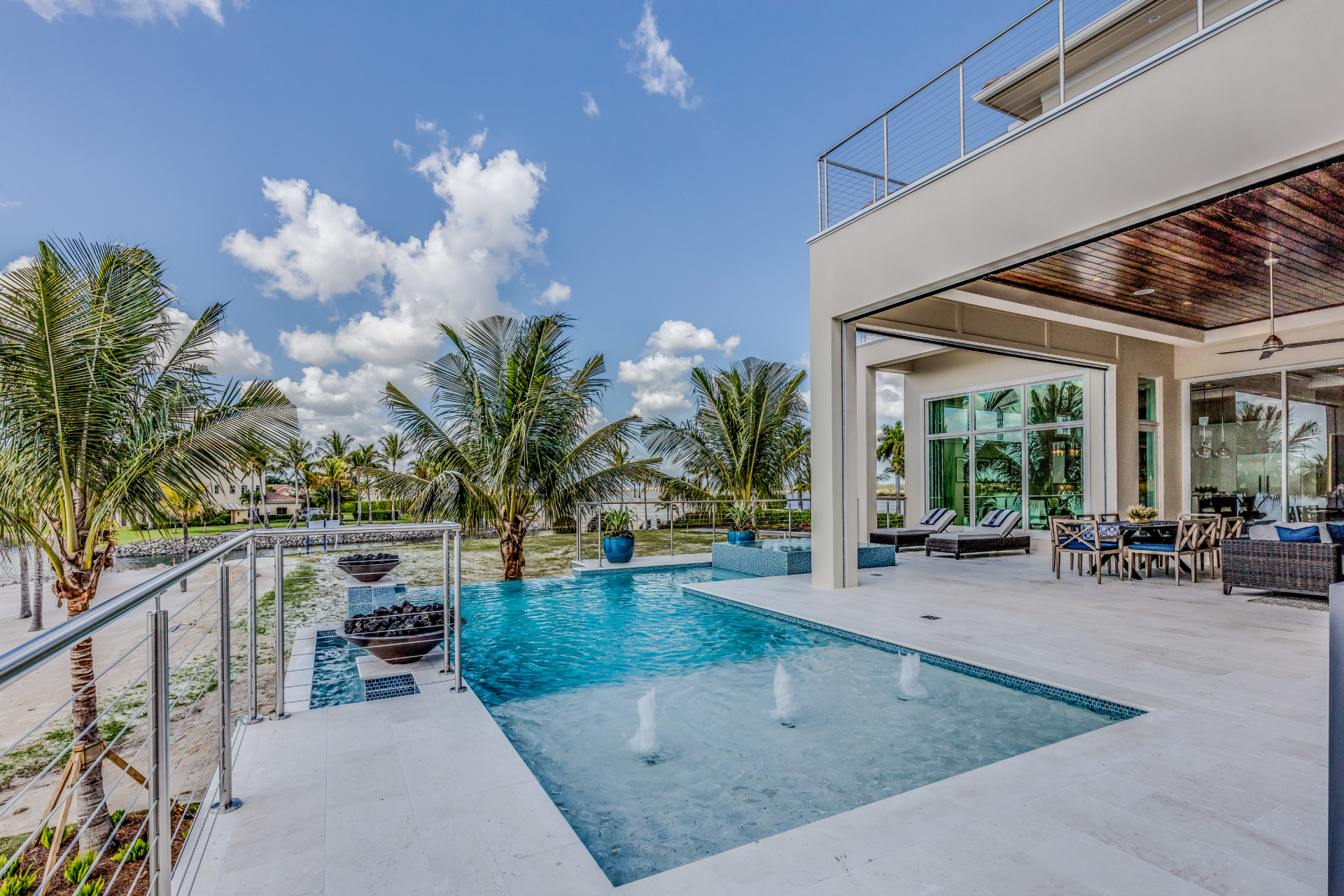Call (727) 784-5555
Builder confidence reaches 35-year high in November
November 17, 2020, 12:31 pm By Alex Roha
The National Association of Home Builders and Wells Fargo Housing Market Index, measuring builder confidence, rose five points to 90 in November – the highest score the series has ever recorded since its inception 35 years ago and the third month in its history the score broke 80. Based on a scale from zero to 100, the index gauges builder perceptions of current single-family home sales and sales expectations for the coming six months.
In November, all HMI indices, including current sales conditions, sales expectations and traffic of prospective buyers posted their highest readings ever, the release said. In fact, current sales conditions jumped all the way to 96 – a nearly perfect score.
Regionally, the West showed the greatest promise, with builder confidence in the three-month moving averages jumping up four points to 96. The South also climbed four points to 86, while the Northeast gained two points to 83. The Midwest increased six points to 75, however, regional confidence gains slowed for the third month in a row since August’s double-digit spikes as builder confidence levels near their upper limit.
It’s important to note, 69% of November’s responses were received before the presidential election was called on Nov. 7. According to the NAHB, the election results, and their future impacts on housing market conditions, will be more fully reflected in December’s HMI report.
“Another record high for the HMI reflects that housing is a bright spot for the economy,” said NAHB chief economist Robert Dietz. “However, affordability remains an ongoing concern, as construction costs continue to rise and interest rates are expected to move higher as more positive news emerges on the coronavirus vaccine front.
“In the short run, the shift of housing demand to lower density markets such as suburbs and exurbs with ongoing low resale inventory levels is supporting demand for home building,” Dietz said.
That ongoing suburban shift, coupled with record low interest rates and favorable demographics, is exactly what spurred such an influx of demand and pushed new home sales up 17% year-over-year, NAHB chairman Chuck Fowke said.
“Though builders continue to sign sales contracts at a solid pace, lot and material availability is holding back some building activity. Looking ahead to next year, regulatory policy risk will be a key concern given these supply-side constraints.”
According to National Association of Realtors Chief Economist Lawrence Yun, median home prices are rising “much too fast” and suggests transforming raw land into developable lots and new supply are clearly needed to help tame the home price growth.
But it’s not just availability of land that’s causing the pressure. An October report from the NAHB revealed because of the spike over the last several months, lumber prices have soared 120% since mid-April, but are down 20% since mid-September. The Bureau of Labor Statistics estimates roughly $16,000 has been added to the price of a typical new single-family home because of the lumber price increase.
On Oct. 20, the NAHB, along with 100 members of Congress, sent a letter to President Donald Trump that asked the administration “to bring all stakeholders to the table and work to find a solution to address lumber scarcity and subsequent price spikes that ensures everyone’s needs are met.”
Start Your Loan
with DDA todayYour local Mortgage Broker
Mortgage Broker Largo See our Reviews
Looking for more details? Listen to our extended podcast!
Check out our other helpful videos to learn more about credit and residential mortgages.





